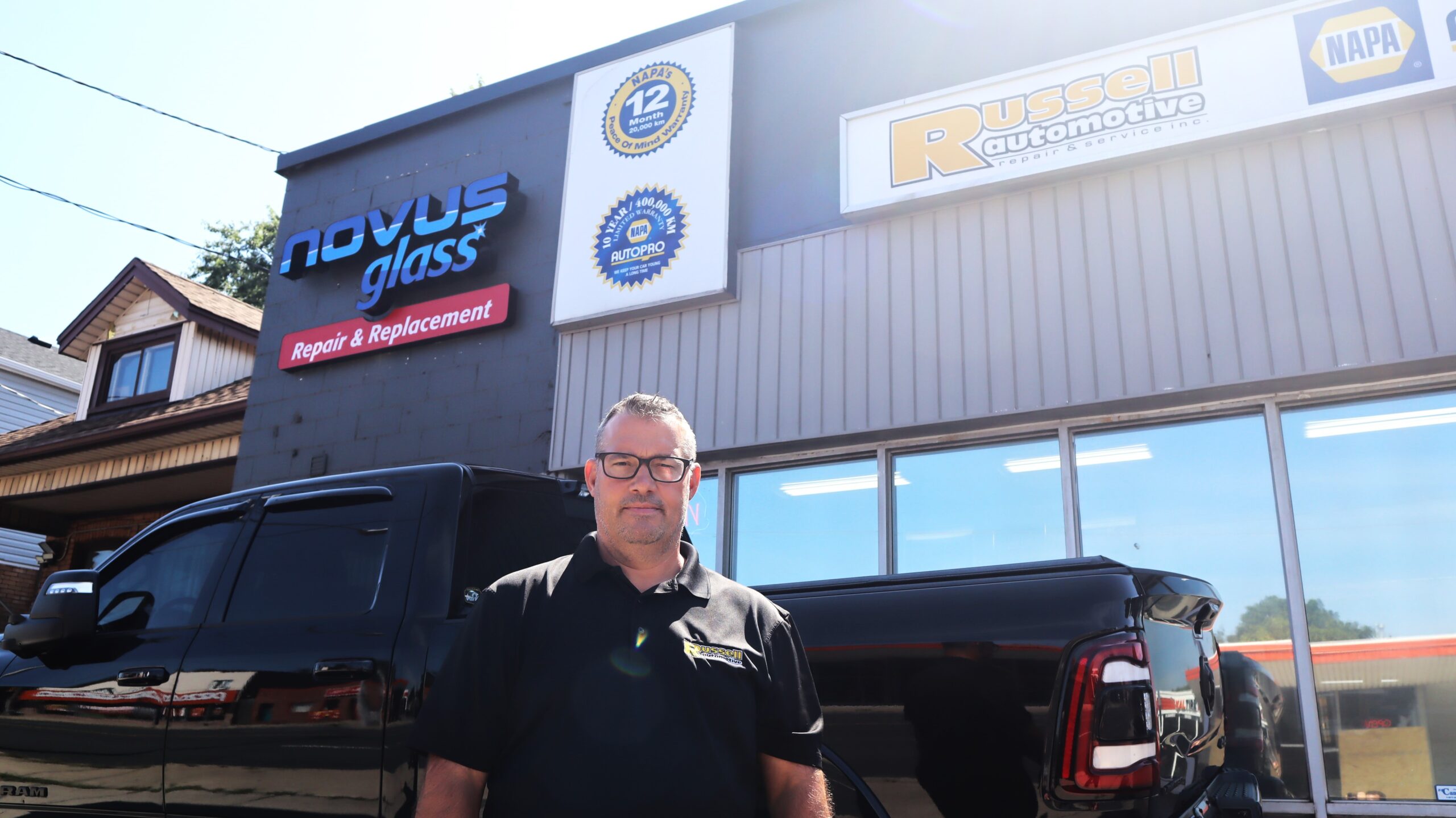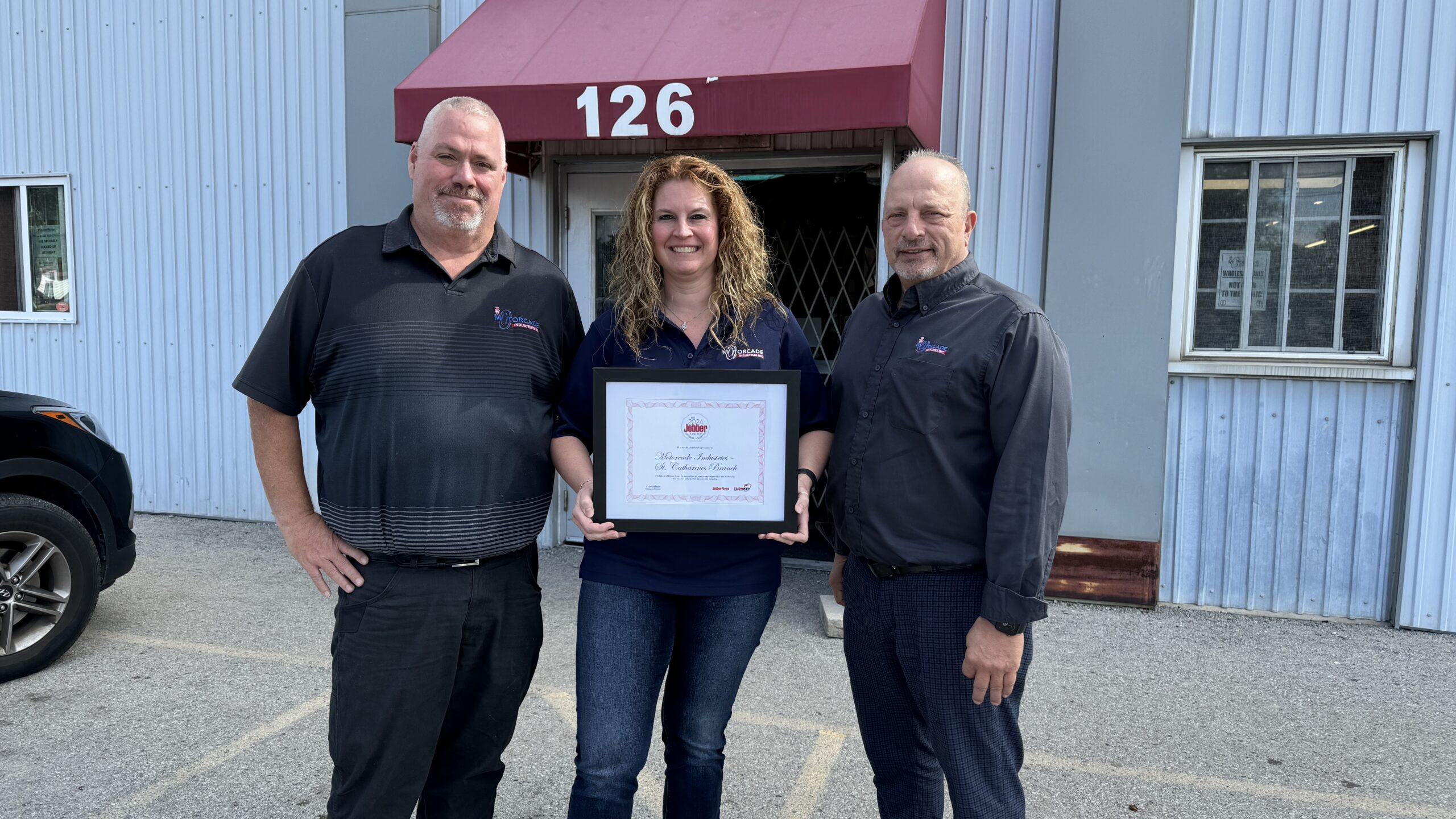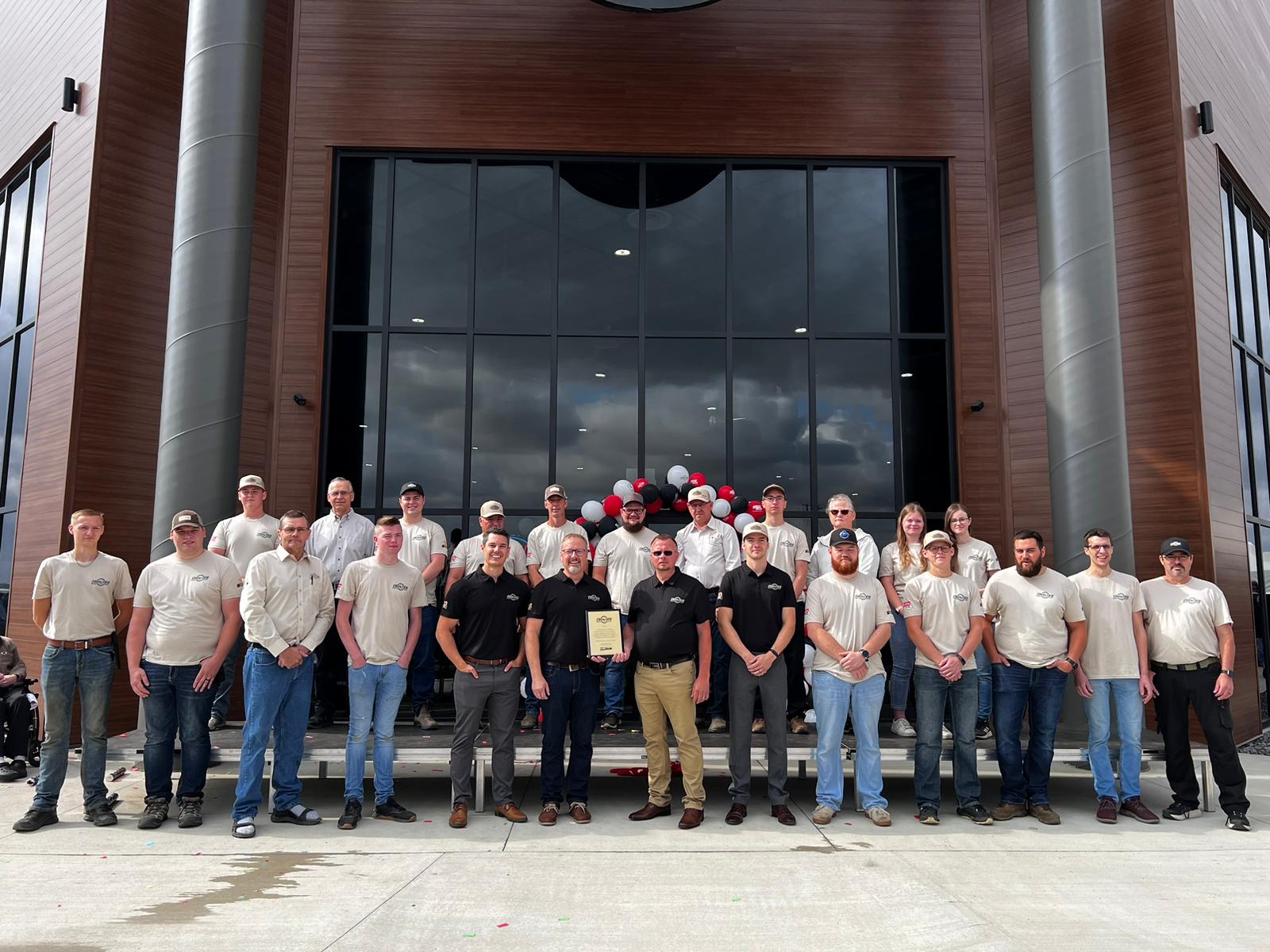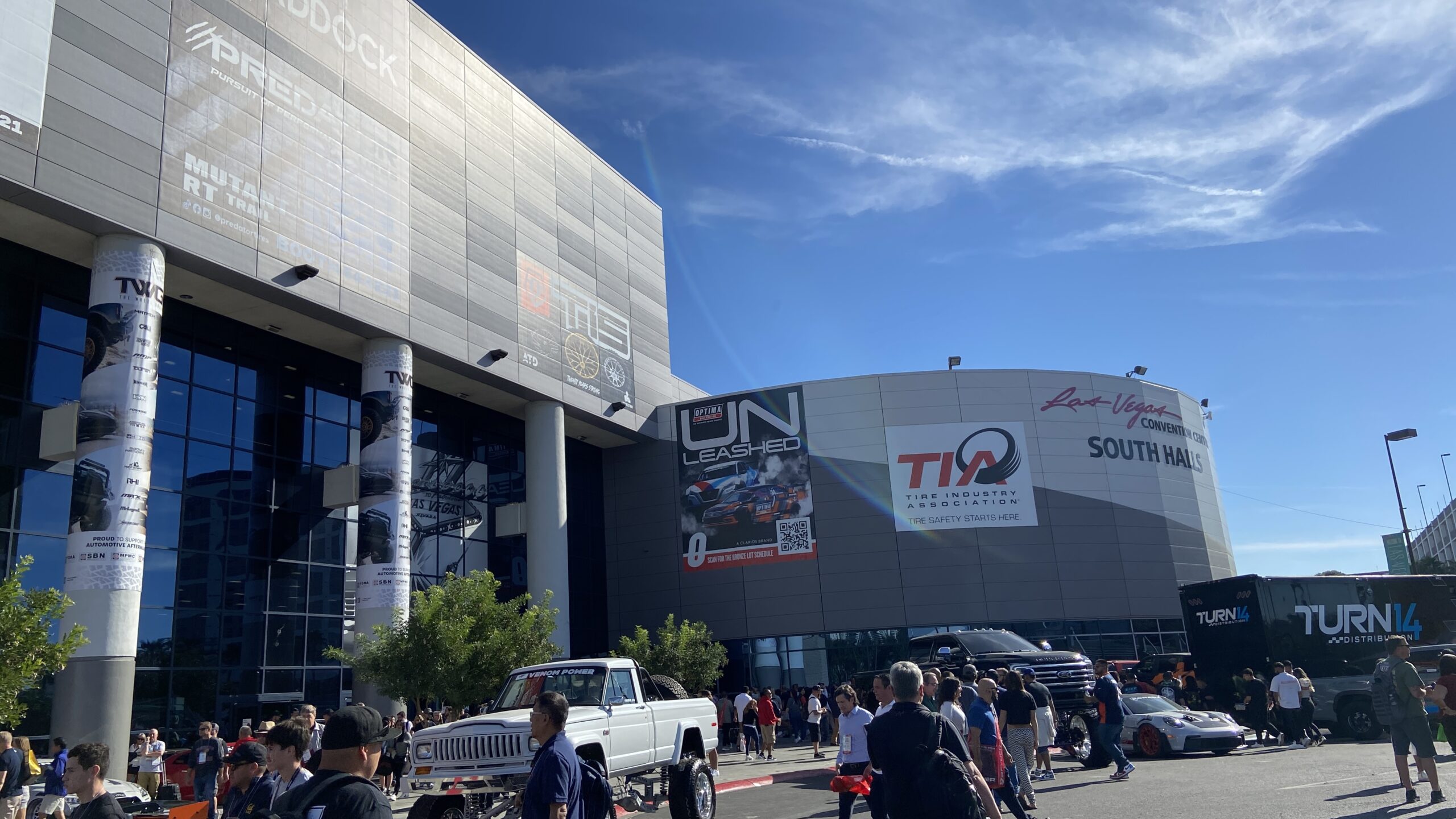
The U.S. automotive aftermarket is poised for continued growth, according to new research.
The Joint Forecast Model, a comprehensive analysis prepared by S&P Global and released by the Auto Care Association and MEMA Aftermarket Suppliers, revealed that total aftermarket sales grew by 8.6 per cent to reach $391 billion. Dealers’ service centres, auto parts stores, and general auto repair sectors all saw significant growth, surpassing initial estimates.
The model, the announcement explained, provides an in-depth review of the market’s size, growth projections through 2027, and the trends influencing this trajectory. It also highlighted that, despite challenges such as persistent inflation, the U.S. automotive aftermarket showed resilience in 2023.
Several key trends are shaping the aftermarket industry. Rising wages and a strong labour market are boosting consumer spending despite inflationary pressures. The industry’s ability to charge more for services and parts has helped counteract inflation, which is expected to return to the Federal Reserve’s target range by late 2025.
Although consumer sentiment remains low, spending levels have been resilient. However, ongoing pessimism could pose risks to future spending patterns. New vehicle sales are projected to stabilize, contributing to the expansion of the U.S. vehicle fleet. Additionally, there is a continued rise in e-commerce purchases of DIY parts, reflecting changing consumer preferences and the increasing convenience of online shopping.
In 2023, the aftermarket faced similar influences as in 2022, with high inflation and a resilient consumer base driving spending. Despite high inflation hindering potential federal rate cuts, the strong labour market and rising wages kept consumer spending robust, benefitting the aftermarket.
The model predicted that U.S. automotive aftermarket sales will grow by 5.9 per cent in 2024. From 2025 to 2027, the market is expected to see average growth rates of 4.5 per cent, with the aftermarket expanding to $472 billion as inflationary effects retreat.
“Despite inflationary pressures, vehicle owners are investing more in their cars, with an aging vehicle fleet and significant growth in both service and retail sectors supporting our industry’s trajectory,” said Paul McCarthy, president and CEO of MEMA Aftermarket Suppliers. “The report’s analysis on how these factors are shaping our market provide essential clarity for our members as they strategize for the future.”
Bill Hanvey, president and CEO of the Auto Care Association, also noted the industry’s promising growth prospects.
“As we navigate the evolving market dynamics, industry stakeholders can expect a wealth of opportunities to emerge, driven by consumer demand, the aging vehicle population and technological advancements,” he said.













Leave a Reply